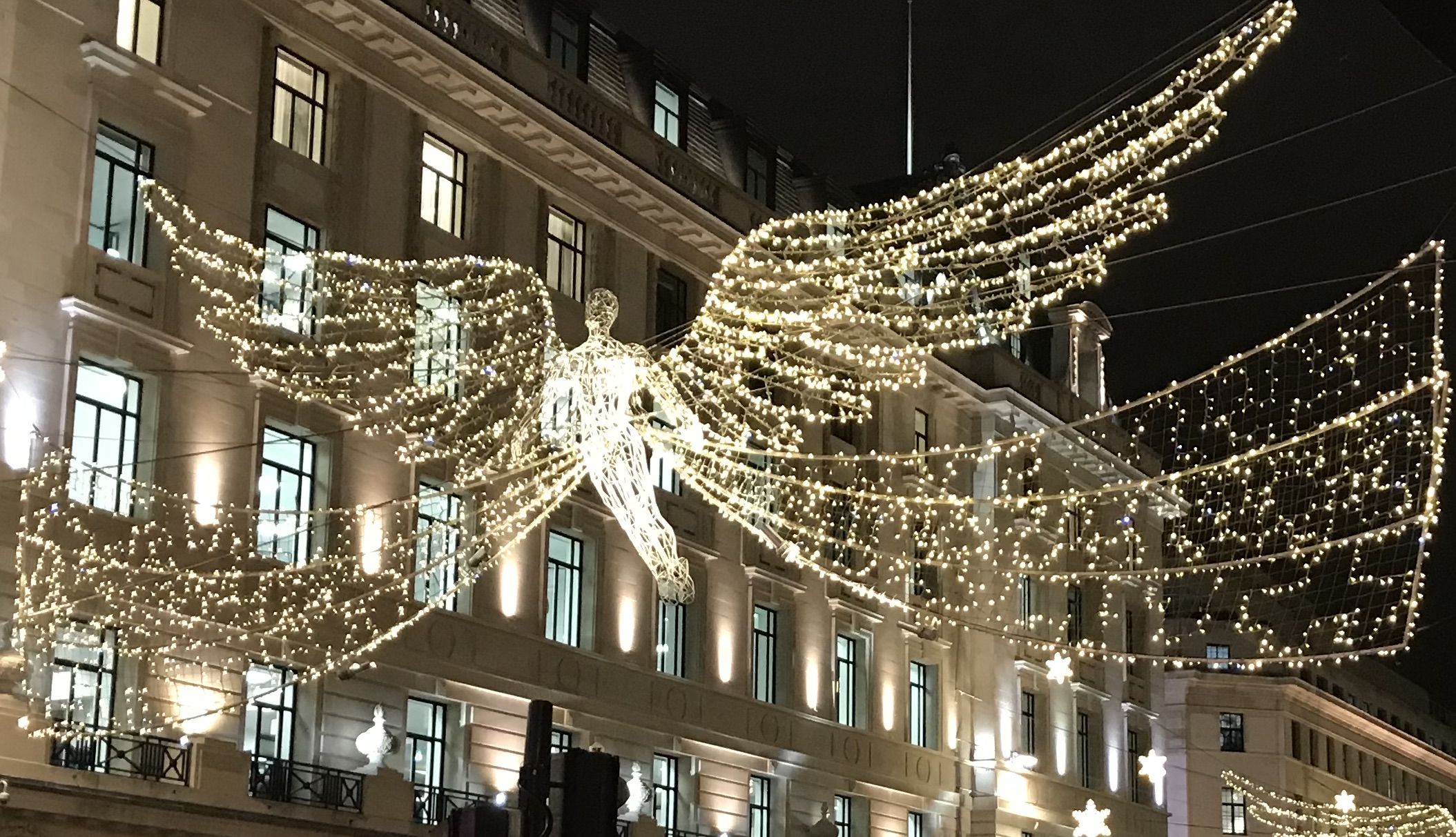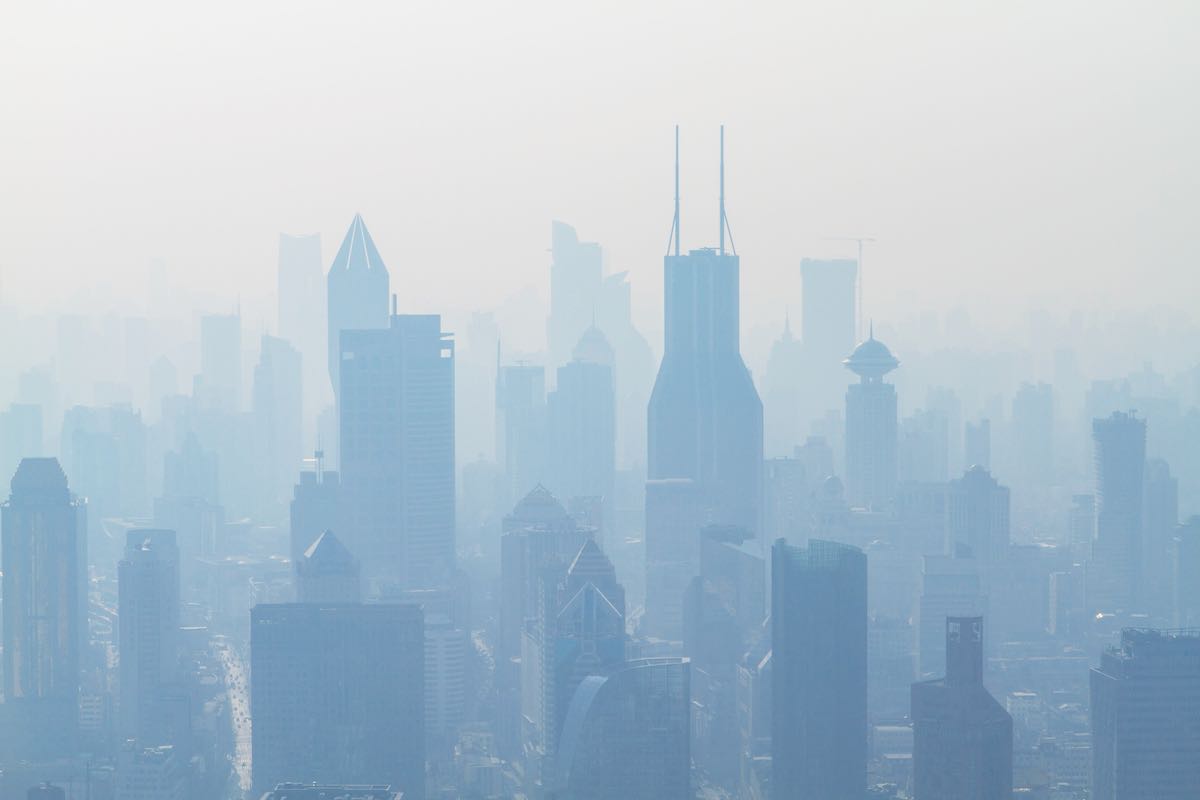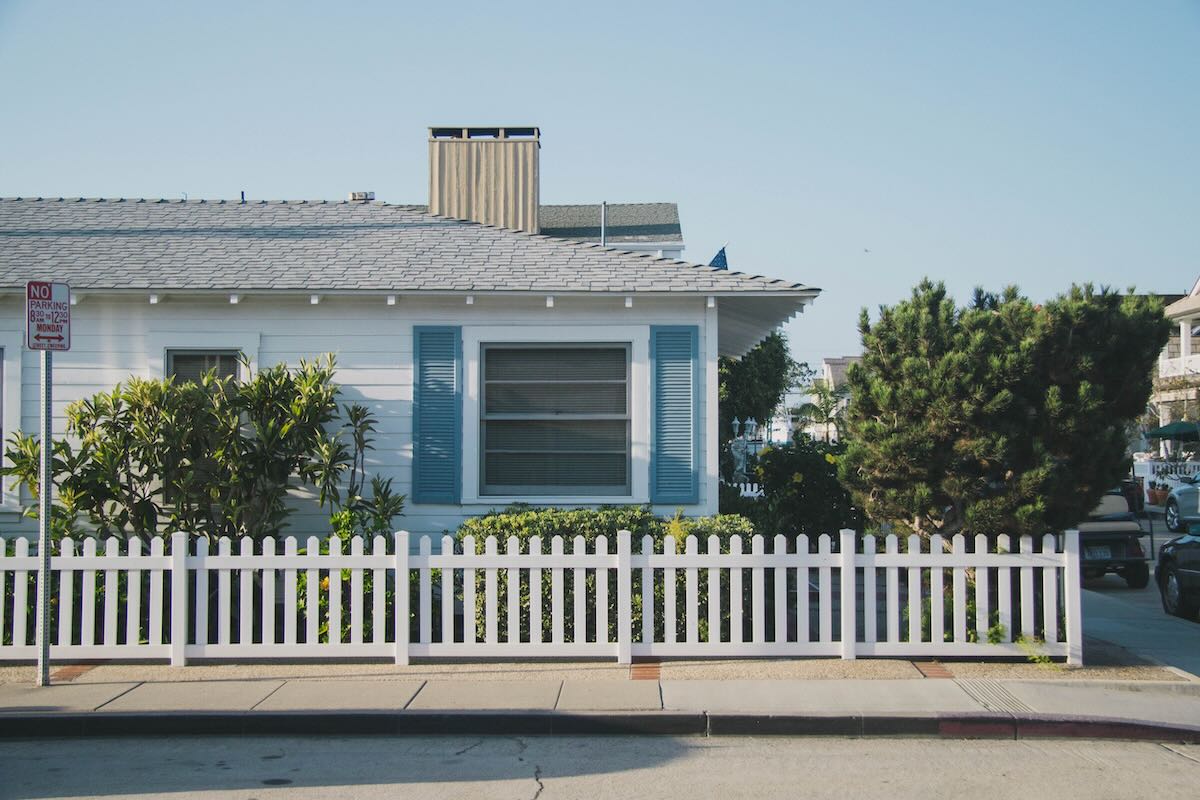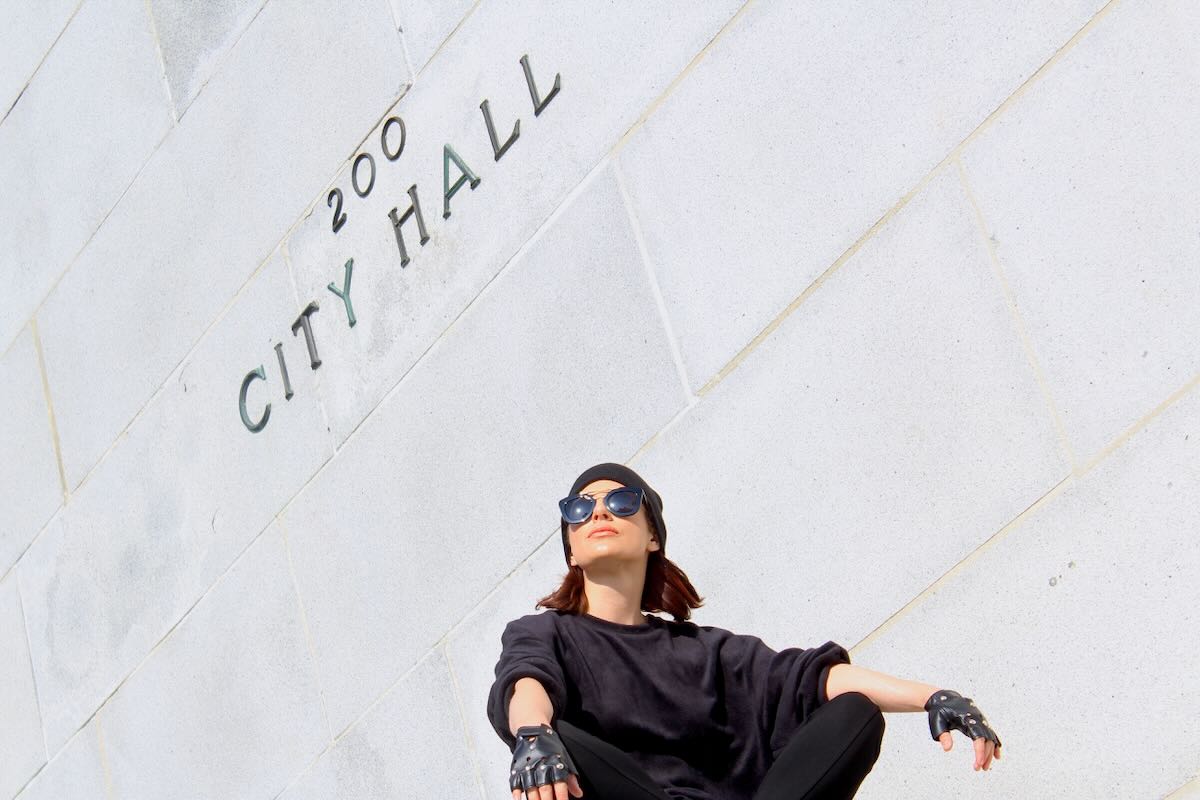Competition for Street Space 1 – Issue 27

Motorized vehicles, bicycles, and pedestrians compete for street space. This competition has raged in many cities for the past few years. The Covid 19 epidemic has accelerated the fight. Now, demand has increased for other uses such as outdoor dining, shop displays, curb-side delivery, and an increase in urban amenities including transit ways.
Street space – the total area occupied by roadways, roadside parking, bicycle paths, and sidewalks.
Working definition
Controlling Access

Hydraulic bollards are part of the street space solution in many European countries. Their use can turn long stretches of street into pedestrian areas while allowing access for emergency and other service vehicles.
In northern cities snow, ice and salt may cause operating issues. Perhaps suspended decorative gates could could contribute to a festive atmosphere in city centres as well as flexible vehicle barriers.
Since the 1950s, road networks and streetscapes have favoured the automobile. René-Lévesque Boulevard in Montreal and Park Avenue in NYC are windy, cavernous throughways that are impossibly hot in the summer and freezing in the winter. The wide thoroughfares that dissect and scar the suburbs are little more than urban expressways that run through mostly barren areas of commercial wasteland. These boulevards ruin first impressions of many desirable neighbourhoods.
There are many obstacles to the re-apportioning of street space. It is difficult to re-assign usage of infrastructure built for a car-centric population. Municipalities have significant investment in equipment and maintenance procedures designed for wide streets.
Resizing Roads

Municipalities and municipal contractors are invested in large service and emergency vehicles. These include everything from fire engines to garbage trucks; street cleaners to buses. If streets are to be narrowed service vehicle fleets need to be right sized.

Snow removal operations complicate the situation for northern cities. On-street parking makes this work slow and tedious. Should road-side parking be banned? Does every street have to be perfectly clear of snow? When I visited Geneva, Switzerland I noticed very little on-street parking but acres of parkland – that sat on top of underground municipal parking.
Reducing Automobile Dependency
The general public resists change and aging populations do not want to give up their cars. Mikael Colville-Andersen, a Canadian-Danish designer, works on transportation infrastructure in Copenhagen. He says that Denmark is not a country of cyclists but a country of Danes on bikes because cycling is the most efficient way to get from A to B. If people choose to ditch their cars, other modes of transport such as public transit, cycling, and walking have to be more efficient and more convenient than using cars. Next steps? In a future issue.
The usual reminders: Buy better, buy less, reduce, repair, reuse and recycle. Shop local, support local businesses, buy from local farms, and support local artisans and manufacturers. As always, wear face masks where required, wash your hands, practice social distancing, hydrate, and exercise.






